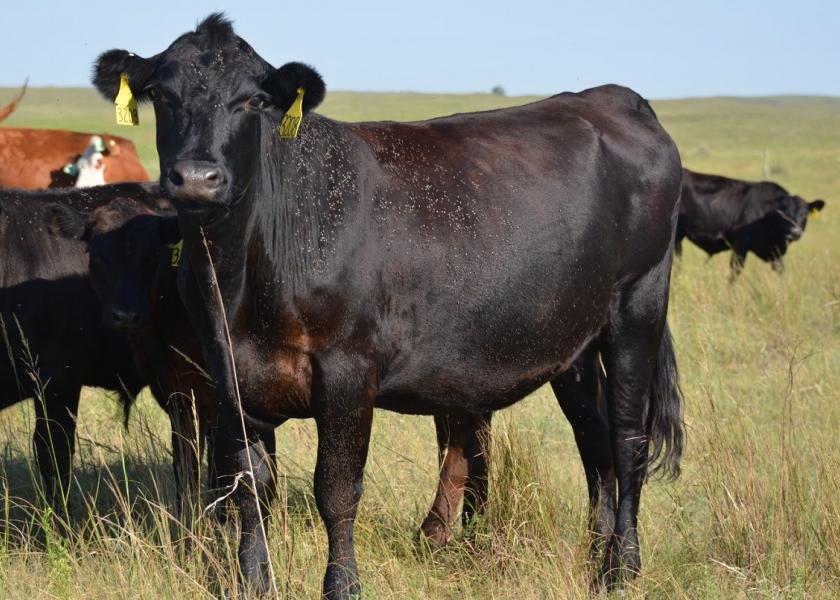While livestock fly control may already be in your cattle management plan—have you considered the possibility of insecticide product resistance?
According to a recent article by University of Nebraska-Lincoln Extension Educators David Boxler and T.L. Meyer, regardless of the choice of livestock fly control product and application method, it’s important to plan for resistance.
As defined by the Insecticide Resistance Action Committee, fly resistance to insecticides is considered a heritable change in the sensitivity of pest populations reflected in repeated failure of a product to achieve the expected level of control when used according to label recommendations for the pest species.
In other words, repeated use of the same products and mode of action may lead to fly resistance.
Manage Fly Resistance
Boxler and Meyer suggest producers manage resistance by alternating insecticide Mode of Action (MoA) groups, including dusts, insecticide ear tags, animal sprays, pour-ons, insect growth regulators (IGRs and also known as feed-throughs) and compressed air application devices.
Insecticide MoA groups are based on how the insecticide works against insects, says the article.
Specifically, here’s some tips to help fight resistance in your fly control management plan:
1. Continuous use of products from a single MoA group can lead to reduced control and resistance to all products in that MoA
2. Improve fly control and minimize resistance by changing MoA insecticide application
3. Rotate between MoA groups every fly season and if possible, during the fly season
With a number of products on the market, here’s a look at some products from each MoA group currently labeled for use against pasture flies divided by the primary action site and the active ingredient.


Is Garlic an Option for Non-Insecticide Based Fly Control?
With the threat of resistance, some producers are showing interest in using garlic to reduce horn flies in pastured cattle, says Boxler and Meyer, and is commercially available in a pre-mix mineral and can be purchased to be mixed by the producer in salt or mineral, typically at a concentration of 2% garlic.
Due to its mixture of volatile sulfur-based bioactive compounds, which have been shone to exhibit insect repellent and anti-viral properties, the addition of garlic has been theorized to discourage flies, says the article. Specifically, when cattle consume garlic powder, strong odors are emitted from the skin, which comes from organosulfur compounds metabolized after consuming garlic-based products and are then transported in the blood.
Boxler and Meyer note that few scientific studies have been conducted to test garlic as a deterrent for horn flies. However, a two-year study conducted in Canada by Durunna and Lardner, assessed the effectiveness of garlic in fly control over two consecutive summers, specifically measuring fly abundance, defensive behavior and salt consumption for each group.
The results of the study showed no difference in monthly salt consumption among the groups. However, the group given trace-mineral salt infused with garlic powder (GPTMS) had at least 47% fewer flies and displayed 41% fewer defensive behaviors than the other groups receiving a trace-mineral salt (TMS) supplement without garlic.
Unfortunately, the second year proved that cattle receiving GPTMS did not differ in fly abundance or defensive behavior, suggesting that the efficacy of this feeding strategy is cattle may be affected by differences in genetic and environmental factors or both.
Additionally, Boxler and Meyer share results from their own two studies using garlic, mixed with either mineral or salt and presented free choice to cattle in comparison with a control (untreated) group. In both studies, results showed horn fly numbers exceeded the Economic Injury Level of 200 flies throughout the fly season with one study requiring a rescue treatment to reduce horn fly numbers.
With warm summer months ahead and cattle on pasture, think through the most effective fly control management plan for your operation. What products and MoA action changes will best fight fly population resistance in your pastures?
Source: Drovers, By Paige Carlson May 17, 2023
Photo: David Boxler









